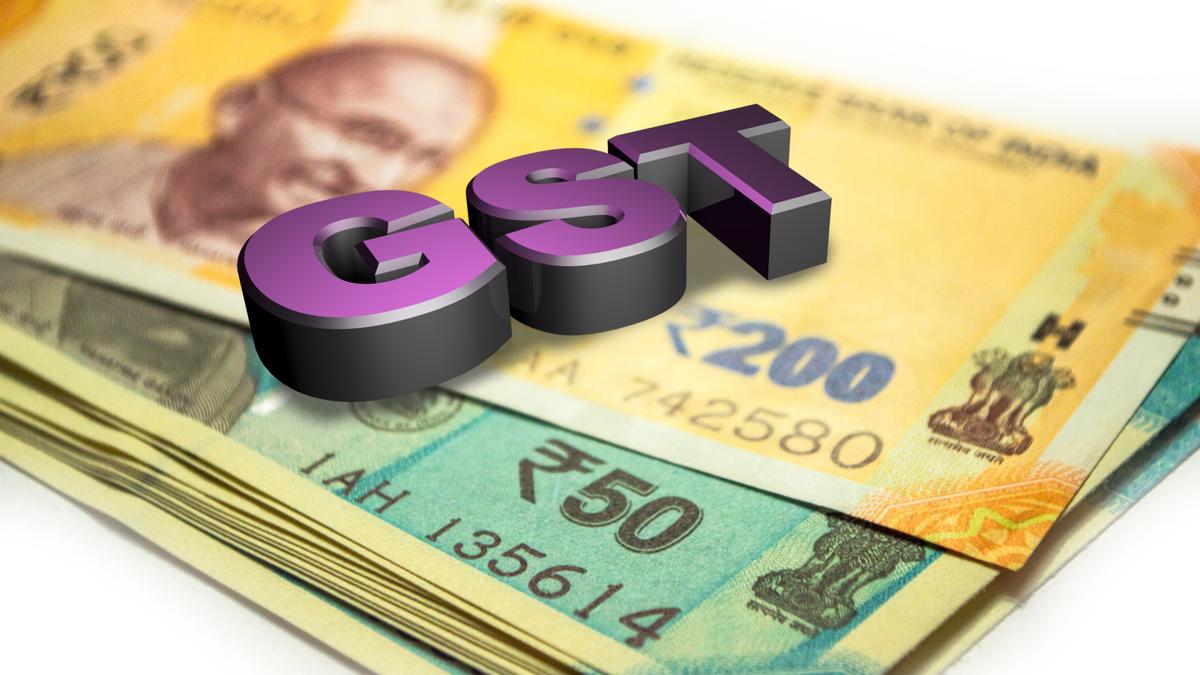Science
India Implements GST 2.0: Health Implications Raise Concerns

On September 22, 2023, India will launch a simplified Goods and Services Tax (GST) framework, reducing rates to two primary slabs of 5% and 18%, with a special 40% category for luxury goods deemed “sinful.” While many everyday food items will see price reductions, including pizza bread which will drop from 5% to zero, concerns are rising about the public health implications of this overhaul. Specifically, the new GST structure could inadvertently encourage unhealthy dietary choices.
The revised GST categorization means that various sugar-laden products, including chocolates, jams, and sugar-based confectionery, will see their tax rates decrease from between 12% and 18% to just 5%. Conversely, aerated and other sugary drinks will face a significant tax increase to 40%. Although the government has framed GST 2.0 as a rationalization of tax policies, experts warn that it may negatively impact dietary health by making unhealthy foods more affordable and accessible.
A key issue is that while healthier options, like whole wheat or sourdough breads, could become cheaper due to the zero GST rate, refined flour (maida) options remain equally accessible. This creates a scenario where unhealthy food choices may become more enticing to consumers, undermining efforts to combat rising rates of non-communicable diseases (NCDs) in India.
Potential Health Risks and Regulatory Challenges
The intersection of food regulation and affordability is a critical concern. India’s current food regulation framework lacks robustness, leading to difficulties in ensuring that consumers can accurately differentiate between healthy and unhealthy products. The introduction of the 40% tax on sugary beverages is a positive step, as studies indicate that similar taxes in other regions have effectively reduced consumption rates by 2.5% to 19%. However, the simultaneous reduction in taxes on calorie-dense, nutritionally poor foods dilutes this progress.
Currently, India’s front-of-pack labelling (FOPL) guidelines are under review, with the Supreme Court having recently instructed the Food Safety and Standards Authority of India (FSSAI) to finalize recommendations within three months. There is a strong push for warning labels, as opposed to health star ratings, which could better inform consumers about the health implications of the foods they purchase. A public health consensus published earlier this month advocates for specific thresholds that would determine which products require warning labels.
The importance of these thresholds cannot be overstated. For example, the World Health Organization’s (WHO) Nutrient Profile Model (NPM) suggests that limits should be category-specific and sensitive to sugar content. A threshold of 10 grams of sugar per 100 grams could have different implications for beverages—consumed in larger volumes—compared to solid snacks. Establishing clear, enforceable standards is crucial for effective consumer protection.
Linking Health and Pricing Policies
To make GST more health-conscious, India could implement a system where products that exceed established “high in” thresholds—related to sugar, sodium, or saturated fats—would not benefit from the reduced 5% GST rate. This approach could eliminate the current anomaly of penalizing sugary beverages while offering discounts on sugary foods.
Furthermore, with the FSSAI’s regulations limiting advertising for high-fat, sugar, and salt (HFSS) foods around schools, there is potential to expand these restrictions to include broader media platforms. For instance, in Chile, products marked with “high in” labels cannot be advertised to children during specific hours, a strategy that has proven effective in reducing exposure to unhealthy food marketing.
The financial implications of these regulatory changes are significant. If tax revenue from the 40% bracket is redirected towards NCD prevention and labelling enforcement, it could enhance public health outcomes. The challenge remains for India to ensure that GST 2.0 does not merely increase access to unhealthy foods but instead facilitates healthier dietary choices.
In conclusion, while the GST 2.0 initiative aims to make food more affordable, it is essential that the government addresses the associated health risks through robust labelling, effective taxation based on nutritional content, and comprehensive advertising regulations. Without these measures, the new GST framework could unintentionally exacerbate India’s growing burden of non-communicable diseases.
-

 World5 months ago
World5 months agoSBI Announces QIP Floor Price at ₹811.05 Per Share
-

 Lifestyle5 months ago
Lifestyle5 months agoCept Unveils ₹3.1 Crore Urban Mobility Plan for Sustainable Growth
-

 Science4 months ago
Science4 months agoNew Blood Group Discovered in South Indian Woman at Rotary Centre
-

 World5 months ago
World5 months agoTorrential Rains Cause Flash Flooding in New York and New Jersey
-

 Top Stories5 months ago
Top Stories5 months agoKonkani Cultural Organisation to Host Pearl Jubilee in Abu Dhabi
-

 Sports4 months ago
Sports4 months agoBroad Advocates for Bowling Change Ahead of Final Test Against India
-

 Science5 months ago
Science5 months agoNothing Headphone 1 Review: A Bold Contender in Audio Design
-

 Top Stories5 months ago
Top Stories5 months agoAir India Crash Investigation Highlights Boeing Fuel Switch Concerns
-

 Business5 months ago
Business5 months agoIndian Stock Market Rebounds: Sensex and Nifty Rise After Four-Day Decline
-

 Sports4 months ago
Sports4 months agoCristian Totti Retires at 19: Pressure of Fame Takes Toll
-

 Politics5 months ago
Politics5 months agoAbandoned Doberman Finds New Home After Journey to Prague
-

 Top Stories5 months ago
Top Stories5 months agoPatna Bank Manager Abhishek Varun Found Dead in Well









